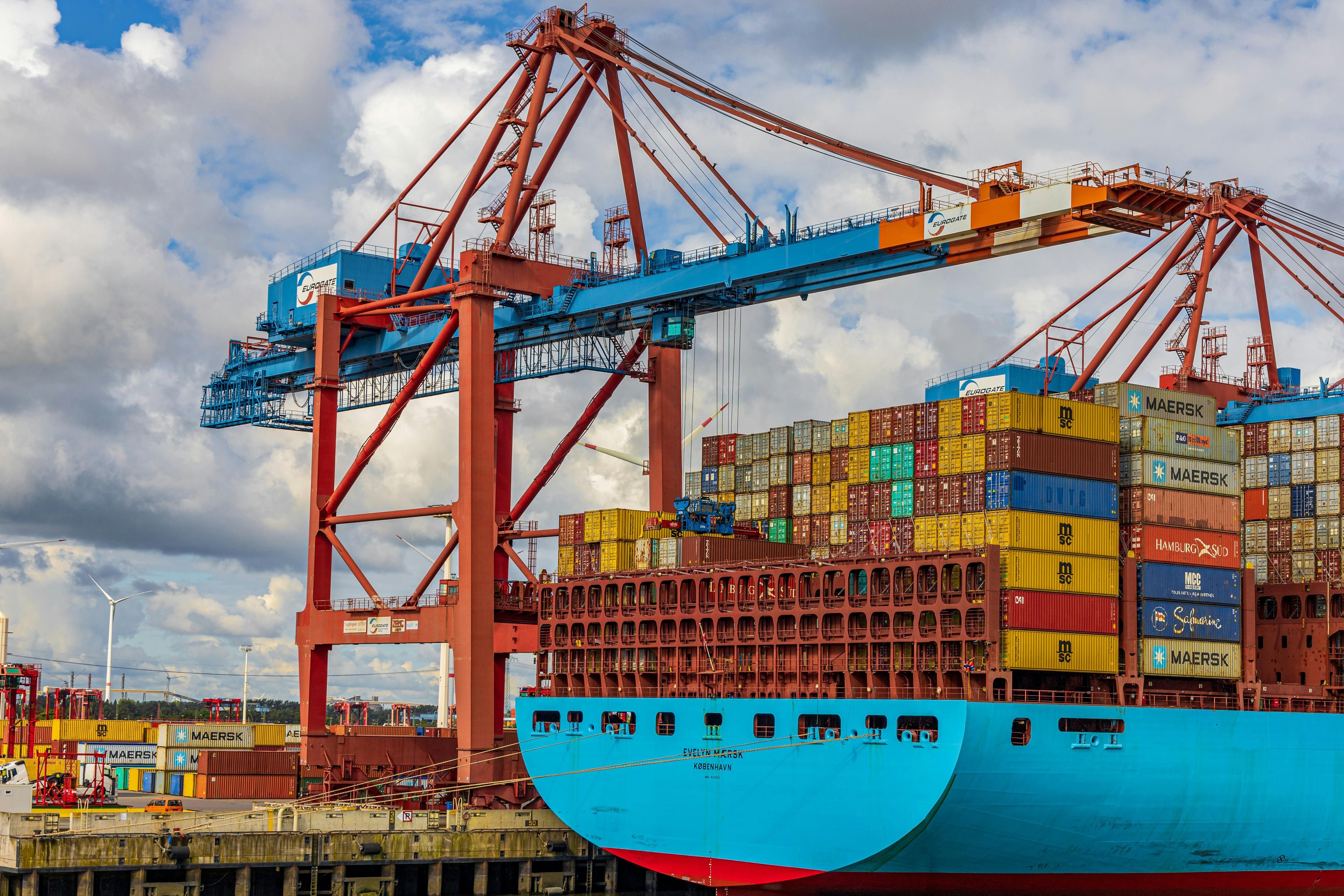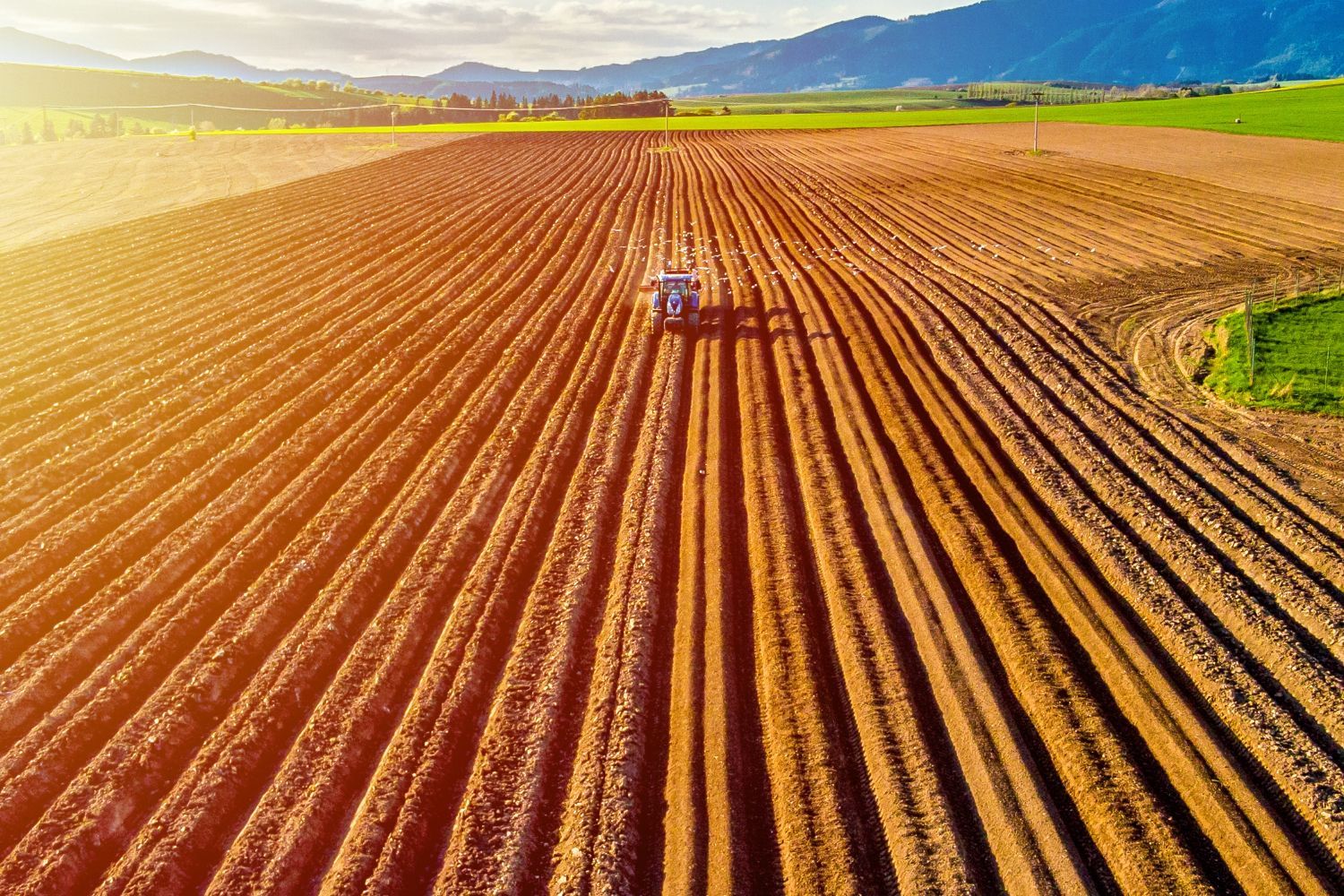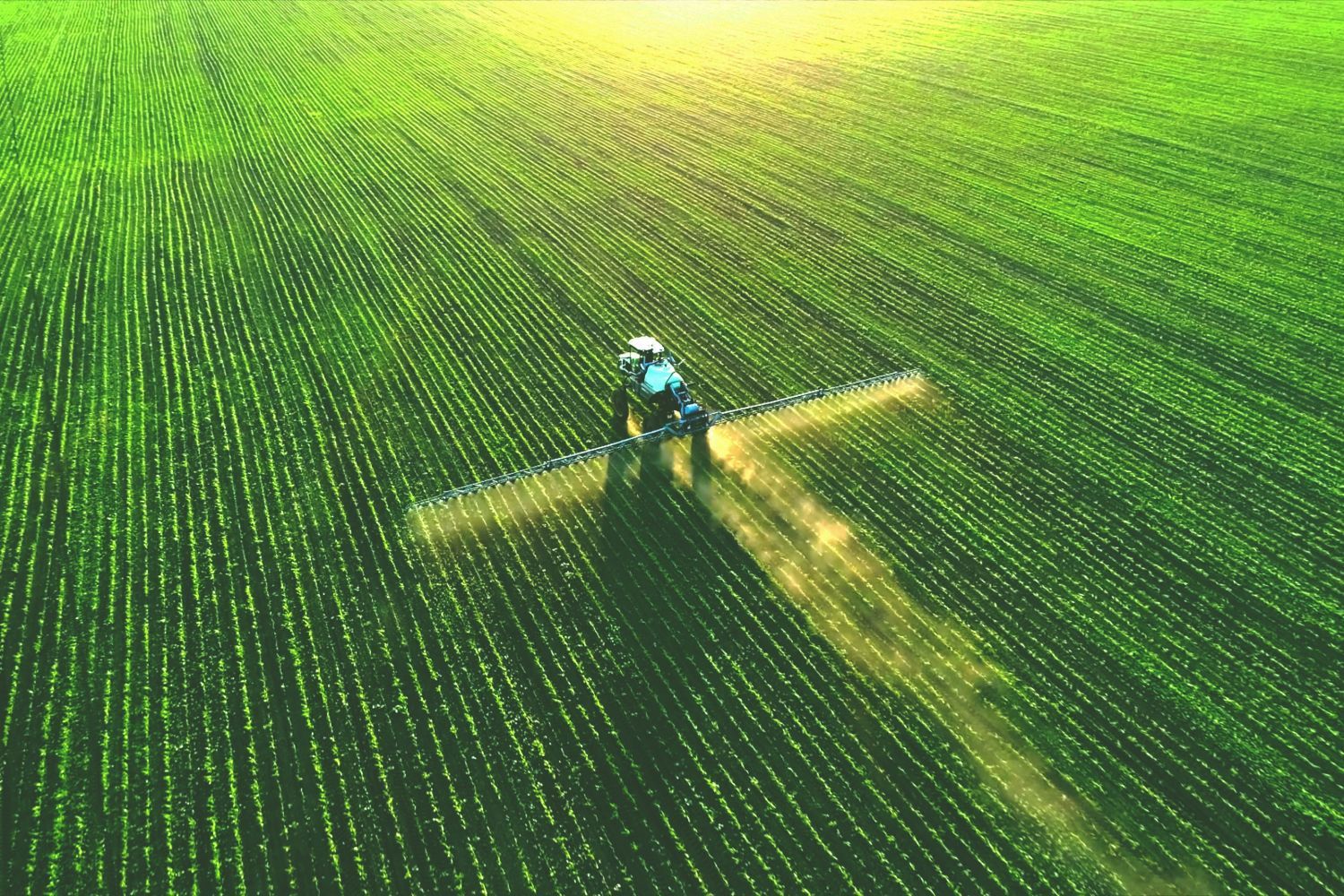Western Resources Corp. (TSX: WRX) ("Western" or "the Company") is pleased to announce that Western Potash Corp. ("WPC"), the company's wholly-owned subsidiary, has received key findings from its upcoming NI 43-101 report ("Report") for its Milestone Phase I Project ("The Phase I Project") in southern Saskatchewan. The Report is based on the expansion of the mine life from 12 years to 40 years and the update of the mining plan.
The technical Report is being prepared by March Consulting Associates Inc. ("March"). March is an engineering and project management provider with extensive experience in delivering mining projects across Saskatchewan.
The Phase I Project is the first stage of Canada's newest and most innovative, environmentally friendly and capital-efficient potash mines. Currently, the total Phase I Project is approximately 78% complete (including engineering, procurement, infrastructure and construction) and awaiting final financing to finish. The initial startup and commissioning of the solution mining is complete and was operated for approximately 18 months, accumulating potash in the crystallization pond.
Data and other information obtained from these operations in conjunction with several leading solution mining experts has enabled Western to optimise the Phase I Project solution mining plan to enhance the reliability to meet the target production of 146,000 tonnes per annum (tpa) of granular potash. The mining plan will extract both the Belle Plaine and Patience Lake members from a series of horizontal caverns which have been planned within the unitized area.
The reserves within the expanded unitization area are:
- A proven reserve of 11.7 million tonnes (Mt) at an average grade of 32.4% KCl;
- A probable reserve of 19.5 Mt at a grade of 33.5% KCl.
Cavern losses (10%) and processing recoveries of 95% have been applied to the reserves. The proven and probable reserves within the unitized area are sufficient for a mine life of over 200 years at the target production rate. The project economics are based on an operation period of 40 years at target production. Excess reserves would be available to extend mine life or increase production in the future.
The resource estimate (effective the date of this release) within Saskatchewan Subsurface Mineral Lease KLSA 008 is as follows:
- A Measured Resource of 418.5 million tonnes (Mt) at a grade of 20.8% K 2 O
- An Indicated Resource of 2,304.2 Mt, grading 21.0% K 2 O
- An Inferred Resource of 2,575.2 Mt, grading 21.4% K 2 O
The Resource numbers were adjusted with deductions for unseen anomalies (5% Measured, 9% Indicated and 25% Inferred). A cut-off grade of 15% K 2 O was applied. No thickness or carnallite grade cut-offs were applied. Extraction ratio's and/or cavern losses were not applied to the resource tonnages. Reserves are included in the Resource numbers.
The actual CAPEX allocated to the Phase I Project to date is $116.24M and a further $33.21M is needed to complete the Project and bring the plant into production, resulting in a total Phase I Project CAPEX of $149.45M (including a 12.5% contingency on the remaining CAPEX). This estimate adopts the AACE (Association for the Advancement of Cost Engineering) International Class 3 standard.
The total annual OPEX for the Phase I Project, based on operational data from the pilot phase, is estimated at $CAD13.25M per year (excluding G&A, logistics and royalties) or $CAD90.60/t MOP for 146,000 tpa. Sustaining CAPEX consists mainly of expanding the mine field (drilling, piping and infrastructure) and planned equipment maintenance. Sustaining CAPEX includes approximately $36M every six years to expand the wellfield for ongoing production.
Assuming a nominal discount rate of 8%, the economic analysis yields an after-tax project Net Present Value (NPV) of $CAD225.8M, with an Internal Rate of Return (IRR) of 20.4%, based on the assumption of 100% equity investment and potash price of $US524/t ($CAD665/t) FOB mine gate. This price is obtained from the Argus report from November 2021 for granular MOP to the USA Corn Belt and forecasted freight costs from the mine. Costs are given in Canadian dollars ($CAD) and prices are given in United States dollars ($US), with an assumed exchange rate of $US 1 = $CAD 1.27. Inflation has not been applied to the potash price or future costs with the noted potash price assumed to apply from 2025 to the end of project life.
March has undertaken a review of the project and determined mine life could be increased from 12 to 40 years with the implementation of an asset maintenance and replacement strategy. The full costs of this plan have been included in the OPEX and sustaining CAPEX results above.
The management continues to have confidence in the success of the Phase I Project, and has a plan to engage March to complete studies for the purpose of increasing the total capacity of the site to around 300,000 tonnes per annum. This would aim to duplicate the existing surface facilities on the adjacent quarter section to maximize the use of existing infrastructure and utilities already on site.
This news release was reviewed by Kyle Krushelniski, P.Eng. of March Consulting Associates Inc., who is a Qualified Person under NI 43-101 and is the lead author of the updated NI 43-101 Technical Report on which this news release is based.
About Western Resources Corp.
Western Resources Corp. (TSX: WRX) ("Western" or "the Company") and the company's wholly-owned subsidiary Western Potash Corp. are constructing Canada's newest and most innovative, environmentally friendly and capital-efficient potash mine. This will be the first potash mine in the world that will leave no salt tailings at the surface, thereby reducing the water consumption by half as well as significantly improved energy efficiency.
About March Consulting Associates Inc.
March Consulting Associates Inc. (March) is a Saskatchewan based employee and First Nations' owned organization, operating in Saskatchewan for over 22 years with offices in Saskatoon, and Regina. March provides engineering, procurement, project, and construction management to a variety of resource ‐ based industrial and commercial enterprises. March utilizes the latest digital, analytical, and intelligent 3D modelling capabilities in the mining, process, mechanical, electrical, instrumentation and controls, civil, structural, and Finite Element Analysis (FEA) disciplines.
ON BEHALF OF THE BOARD OF DIRECTORS
"Bill Xue"
Bill Xue
Chairman
Cautions Regarding Forward-Looking Statements
Except for statements of historical fact relating to the Company, certain information contained herein constitutes "forward-looking information" under Canadian securities legislation. Forward-looking information includes, but is not limited to, statements with respect to the filing and results of the Technical Report. Forward-looking statements are based on the opinions and estimates of management as of the date such statements are made and they are subject to known and unknown risks, uncertainties and other factors that may cause the actual results of the Company to be materially different from those expressed or implied by such forward-looking statements or forward-looking information. Although management of the Company has attempted to identify important factors that could cause actual results to differ materially from those contained in forward-looking information, there may be other factors that cause results not to be as anticipated, estimated or intended. There can be no assurance that such statements will prove to be accurate, as actual results and future events could differ materially from those anticipated in such statements. Accordingly, readers should not place undue reliance on forward-looking information. The Company does not undertake to update any forward-looking information that is set out herein, except in accordance with applicable securities laws.
For more information on the contents of this release please contact Jerry Zhang, Corporate Secretary, at 604-689-9378.








